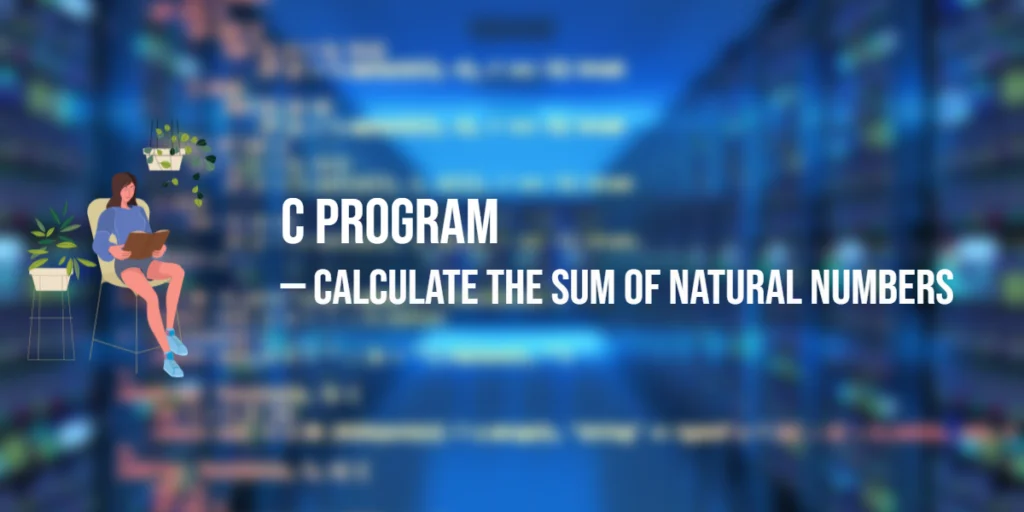The Greatest Common Divisor (GCD) of two numbers is the largest positive integer that divides both numbers without leaving a remainder. Finding the GCD is a fundamental concept in mathematics and programming, often used in simplifying fractions, solving problems involving ratios, and algorithms in computer science. In C programming, calculating the GCD introduces beginners to loops, conditional statements, and functions, making it an excellent exercise for learning structured programming.

with hands-on learning.
get the skills and confidence to land your next move.
In this tutorial, we will write a complete C program to find the GCD of two numbers. We will explain every line of code, explore different methods including the Euclidean algorithm, and discuss common mistakes beginners make. By the end, you will understand how to implement GCD calculations efficiently and confidently apply this knowledge in more complex programs.
Understanding the Euclidean Algorithm
The most efficient way to find the GCD of two numbers is the Euclidean algorithm. This method works by repeatedly subtracting the smaller number from the larger one or using the modulus operator to find remainders until one of the numbers becomes zero. The remaining non-zero number is the GCD. Let’s look at a simple program using the modulus approach:
#include <stdio.h>
int main() {
int num1, num2, a, b, gcd;
printf("Enter two integers: ");
scanf("%d %d", &num1, &num2);
a = num1;
b = num2;
while (b != 0) {
int remainder = a % b;
a = b;
b = remainder;
}
gcd = a;
printf("The GCD of %d and %d is %d.\n", num1, num2, gcd);
return 0;
}In this program, we start by including the standard input-output library <stdio.h> to use printf() and scanf(). We declare variables num1 and num2 to store the user’s input, and a, b, and gcd to perform the calculations. The scanf("%d %d", &num1, &num2); line reads two integers from the user.
We then copy the input values into a and b to preserve the original numbers for output. The while (b != 0) loop continues until b becomes zero. Inside the loop, we calculate the remainder of a divided by b and assign it to remainder. We then update a to b and b to remainder. When b becomes zero, a contains the GCD. Finally, we print the result using printf().
Using a Function to Calculate GCD
For better code organization and reusability, you can write a function to calculate the GCD. Here’s an example:
#include <stdio.h>
int findGCD(int a, int b) {
while (b != 0) {
int remainder = a % b;
a = b;
b = remainder;
}
return a;
}
int main() {
int num1, num2;
printf("Enter two integers: ");
scanf("%d %d", &num1, &num2);
int gcd = findGCD(num1, num2);
printf("The GCD of %d and %d is %d.\n", num1, num2, gcd);
return 0;
}In this version, we define a function findGCD that takes two integers as input and returns their GCD. The logic inside the function is identical to the previous program, using the Euclidean algorithm. In main(), we simply call findGCD(num1, num2) and store the result in gcd, making the code cleaner and easier to maintain. Using functions is a good practice as programs grow larger and more complex.
Calculating GCD Using Recursion
Recursion is a programming technique where a function calls itself to solve smaller instances of a problem. The Euclidean algorithm works very well with recursion because the problem of finding the GCD of two numbers can be reduced to a smaller problem with each step. Here’s a recursive version of the GCD program:
#include <stdio.h>
int findGCDRecursive(int a, int b) {
if (b == 0)
return a;
else
return findGCDRecursive(b, a % b);
}
int main() {
int num1, num2;
printf("Enter two integers: ");
scanf("%d %d", &num1, &num2);
int gcd = findGCDRecursive(num1, num2);
printf("The GCD of %d and %d is %d.\n", num1, num2, gcd);
return 0;
}In this program, we define a function findGCDRecursive that takes two integers, a and b. The base case of the recursion occurs when b is zero; in this case, the function returns a, which is the GCD. If b is not zero, the function calls itself with the parameters b and a % b. This reduces the problem size with each call and eventually reaches the base case. The main() function is similar to the previous examples: it reads input from the user, calls the recursive function, and prints the result.
Using recursion can make the code shorter and more elegant compared to iterative loops. However, it is important to understand that each recursive call uses memory on the call stack, so for very large numbers, the iterative version might be safer in terms of memory usage. For most practical cases, though, recursion is simple and effective for calculating the GCD.
Common Beginner Mistakes
When implementing the Euclidean algorithm, beginners often make these mistakes:
- Forgetting to handle negative numbers. The algorithm works correctly for positive integers, so if the input may include negatives, it’s best to take the absolute value before starting calculations.
- Overwriting the original input variables without storing them first. This makes it impossible to display the original numbers later in the output.
To avoid these issues, always convert inputs to non-negative values at the start and keep a copy of the original inputs if you plan to use them in the final result.
FAQs
Q1: Can GCD be zero?
No, the GCD of two numbers is never zero unless both numbers are zero, which is mathematically undefined. Always check for zero input in practical programs.
Q2: Can I find GCD of more than two numbers?
Yes, you can find the GCD of multiple numbers by finding the GCD of the first two, then using that result to find the GCD with the next number, and so on.
Q3: Which method is better, subtraction or modulus?
The modulus method is more efficient, especially for large numbers. The subtraction method works but requires more iterations.
Q4: Can I use recursion to calculate GCD?
Yes, the Euclidean algorithm can also be implemented using recursion, which can make the code shorter and elegant.
Conclusion
Finding the GCD is a foundational programming exercise that teaches loops, conditional statements, and functions. By practicing both the direct calculation in main() and using a separate function, you will improve your understanding of C programming and algorithm implementation. Learning to calculate the GCD prepares you for more advanced topics like Least Common Multiple (LCM), fractions, and number theory problems in programming. Keep practicing and experimenting with different approaches to strengthen your skills.
References & Additional Resources
- Kernighan, Brian W., and Dennis M. Ritchie. The C Programming Language. 2nd Edition, Prentice Hall, 1988.
- GeeksforGeeks: GCD of Two Numbers in C – Examples with step-by-step explanations.
- TutorialsPoint: C Programming Loops – Guide on loops and iteration.
- Programiz: Functions in C – Beginner-friendly guide to writing functions.
- Stack Overflow: Recursive vs Iterative GCD – Discussion on different GCD implementations.






